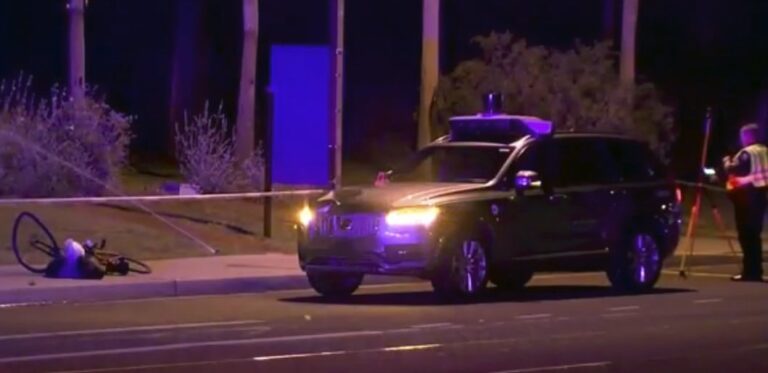Uber spokeswoman Sarah Abboud confirmed the approval but declined to say when the testing would resume.
The ride-hailing company had previously said it wanted to resume testing in a Pittsburgh entertainment, shopping, office and residential area called the Strip District, where its automated vehicle operations are located. Speed limits on most roads in the district are no higher than 25 mph, and it has narrow roads, railroad tracks, potholes and numerous pedestrians that present challenges for self-driving vehicles. Uber also has said it would test only during daytime hours and not in inclement weather.
The company filed an application to restart testing back in November, as it issued a lengthy safety report pledging to put two human backup drivers in each vehicle and take a raft of other precautions to make the vehicles safe.
Company officials have acknowledged they have a long way to go to regain public trust after crash that killed Elaine Herzberg, 49, as she crossed a darkened Arizona road outside the lines of a crosswalk.
Police said Uber’s backup driver in the autonomous Volvo SUV in Arizona was streaming the television show “The Voice” on her phone and looking downward before the crash. The National Transportation Safety Board said the autonomous driving system on the Volvo spotted Herzberg about six seconds before hitting her, but did not stop because the system used to automatically apply brakes in potentially dangerous situations had been disabled. A Volvo emergency braking system also had been turned off.
Among the other precautions, San Francisco-based Uber will keep the autonomous vehicle system engaged at all times and will activate Volvo’s automatic emergency braking system as a backup.
In addition, Uber is requiring more technical training and expertise of employees sitting behind the wheel of the vehicles, according to a 70-page safety report the company released last month.
Pennsylvania law doesn’t allow testing of autonomous vehicles without human backup drivers. Google’s Waymo has carried passengers without human drivers in the Phoenix area, but recently backed off of that and is only ferrying passengers with human backups. General Motors’ Cruise Automation expects to carry passengers without human backups next year.
Later Uber will pursue bringing its self-driving cars back to public roads in Arizona, California and Toronto, Ontario, its other test sites. Arizona suspended the company’s permission to test after the crash.
The Trucker News Staff produces engaging content for not only TheTrucker.com, but also The Trucker Newspaper, which has been serving the trucking industry for more than 30 years. With a focus on drivers, the Trucker News Staff aims to provide relevant, objective content pertaining to the trucking segment of the transportation industry. The Trucker News Staff is based in Little Rock, Arkansas.








